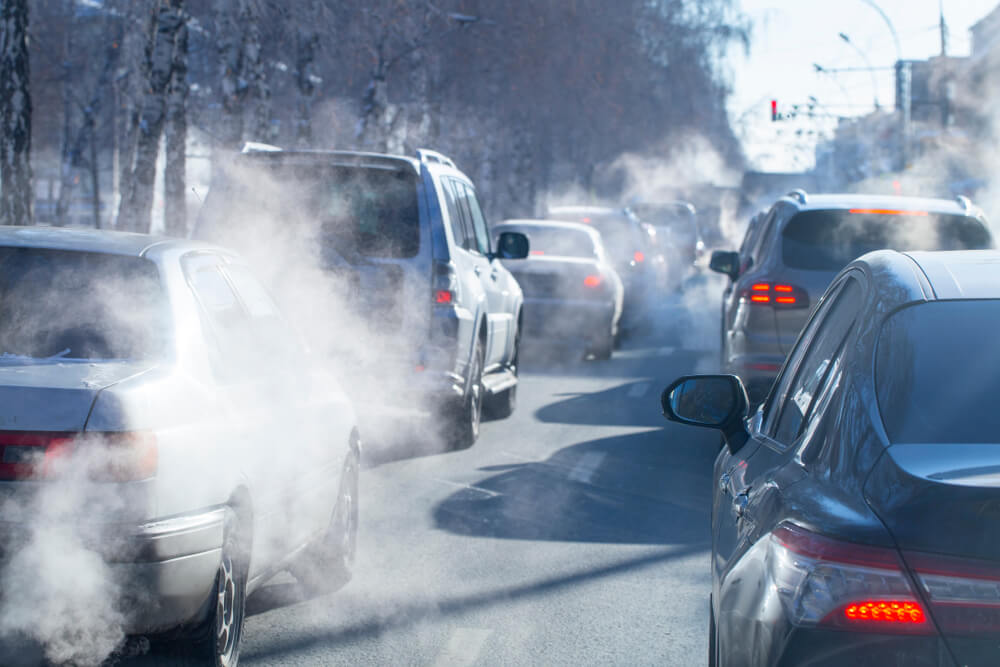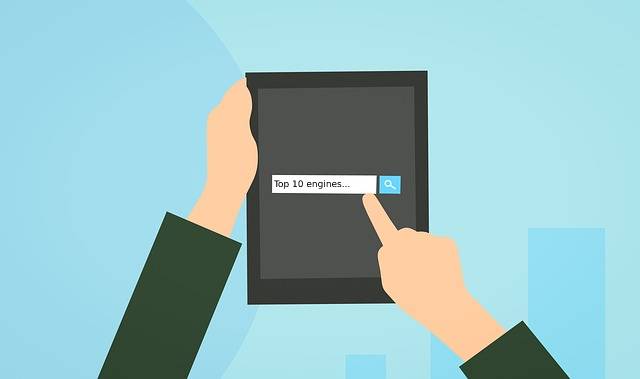Car Emissions: A Guide To Understanding The Concept
Find Used Engines and Transmissions for a Great Price! Live Assistant For Used Engines Call 1800-518-9776

Due to their considerable contribution to atmospheric pollution and climate change, automobile emissions have emerged as a major issue in the modern world. Given how quickly the automobile sector is developing, it is essential for us to comprehend the idea of vehicle emissions and how they affect the environment. The emissions in the atmosphere can have some serious consequences if they are not maintained properly.
This blog will go in-depth on the topic of vehicle emissions, examining what they are, various kinds of emissions, the effects they have on the environment, and what both individuals and the automotive industry can do to lessen those effects.
What are car emissions?
When we talk about car emissions, we're talking about the pollutants that combustion engines in cars produce and release into the environment. Most of the gases and particles that make up these emissions are hazardous to the ecosystem and human health. There are mostly three types of emissions, and they are discussed below.
-
Evaporative emissions: When fuel vapour leaks out of a vehicle's fuel system, this happens. Volatile organic compounds (VOCs) are a typical example of this.
-
Tailpipe emissions: These are actually the emissions that are released right from the exhaust pipe of the car. They are particulate particles (PM), nitrogen oxides (NOx), carbon dioxide (CO2), and carbon monoxide (CO).
-
Crankcase emissions: The vapours coming through the engine's crankcase are what cause these emissions. Usually, they have unburned hydrocarbons in them.
Environmental Consequences
After gaining an understanding of the emissions, it is time to understand the concerns that arise with these car components and the effects they have on our environment.
-
Global warming: To build cleaner, more effective automobiles, automakers have been spending money on research and development. This covers hybrid automobiles, electric vehicles, and enhanced internal combustion engines.
-
Air Quality: Additionally, car emissions worsen air quality, causing pollution, respiratory illnesses, and other health issues. Particularly detrimental to human health are NOx and particulate particles.
-
Health hazards: There can be various health hazards related to the skin and lungs if these pollutants come into regular contact. Even the animals and plants living in the vicinity of such areas can have some serious health concerns.
How are car emissions measured?
In the US, car emissions are assessed by a standardised testing procedure that includes a number of essential elements and laws. Combining laboratory studies with on-road testing is the main technique for determining automotive emissions. Here is a summary of the way car emissions are calculated in the US:
-
Emission Standards and Rules: In the United States, the Environmental Protection Agency (EPA) establishes severe emission standards and rules for cars. These regulations establish the maximum permitted quantities of pollutants emitted by automobiles, such as carbon dioxide (CO2), carbon monoxide (CO), nitrogen oxides (NOx), particulate matter (PM), and volatile organic compounds (VOCs).
-
Laboratory Examination: Emission testing is normally conducted in a regulated laboratory setting. Automobile manufacturers are expected to supply vehicles that are representative of their production models for testing. These automobiles are placed on a device called a dynamometer, which replicates various driving circumstances, such as city driving and highway driving.
-
Emission measuring equipment: Various emission measuring equipment is linked to the vehicle's engine exhaust system during laboratory testing. These devices record the types and amounts of toxins emitted across the simulated driving periods. These cycles are intended to be as close to real-world driving circumstances as feasible.
-
On-Road Testing: The EPA undertakes on-road emissions testing in addition to laboratory assessments to ensure that vehicles exceed emission limits in real-world driving scenarios. This involves "in-use" testing of current autos as well as testing of fresh model years before their sale.
-
Certification: The EPA certifies automobiles that satisfy emission regulations after they have passed the testing process. Vehicles that pass the tests are issued a Certificate of Conformity, which allows them to be sold lawfully in the United States.
-
Continuous Compliance: Automakers are obligated to preserve compliance with emission regulations throughout the life cycle of a vehicle. This involves doing regular inspections of emissions and replacing vehicles that are discovered to emit more than the permissible levels.
-
Consumer Information: Emission data, such as gas mileage and emissions ratings, are made accessible to consumers via new vehicle labels. These labels inform buyers about a vehicle's expected annual fuel expenditures, fuel economy, and pollution levels, allowing them to make more informed decisions.
Policy and regulations
-
Regulations and Standards for Emissions: To restrict the quantity of pollutants that automobiles can produce, governments all around the world have developed emission standards. Over time, these regulations have changed, encouraging manufacturers to create technologies that are both cleaner and more fuel-efficient.
-
Modernization of Vehicle Technology: To produce automobiles that are cleaner and more efficient, automakers have been spending money on research and development. This covers hybrid and electric cars as well as upgraded internal combustion engines.
Individual actions
How can we ensure minimum emissions at the individual level? While governments both nationally and internationally are taking measures, only individual actions can make any difference.
-
Vehicle management: Your automobile will run more efficiently and produce fewer emissions if you maintain it properly, which includes performing routine tune-ups and tyre inflation.
-
Driving habits: Simple modifications to driving behaviour, such as carpooling, taking the bus, and cutting down on idle time, can considerably lower personal vehicle emissions.
Conclusion
Car emissions constitute a serious environmental problem that has an impact on the health of the world and the welfare of its inhabitants. The first step to taking effective action is understanding the idea of car emissions, their different kinds, and their effects. Governments, the auto industry, and people all have a part to play in lowering vehicle emissions and lessening their effects.
Used Engines is made up of motor vehicle enthusiasts. We sell used transmissions and engines to meet your second-hand needs and keep your vehicle performing smoothly.
related
You May Also Like

Which BMW Has the Most Horsepower?
A car is useless if it doesn’t have good horsepower. Just imagine driving your car with sluggish acceleration and it drags on the road whenever you take it for a spin.
Read Article
10 Best Engines Made So Far By Top Engine Manufacturers
Over the years, the car industry has seen major changes. Car engines have become smarter and it looks like every new engine that rolls out is better than the other.
Read Article
How to Make Your Car Last Forever?
Isn’t it lovely when a new car works the way you want? The gears shift smoothly and the wheels roll without dragging against the road. But as your car gets older, you’ll notice that it doesn’t drive smoothly, has lower fuel mileage, and overheats easily.
Read Article